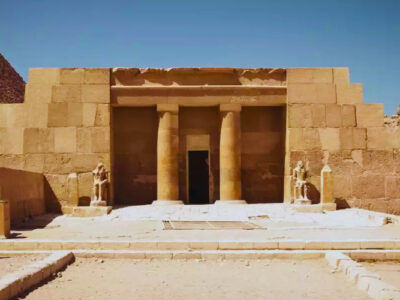
The Valley Khafre Temple was built in Egypt's Western Desert during the Fourth Dynasty, around 2570 BC. It is an old wonder. It was named after Pharaoh Khafre and was used as a tomb temple for him and other gods. The temple is a fascinating example of ancient Egyptian architecture, carvings, and religious symbols because of how well it was built and what it means.
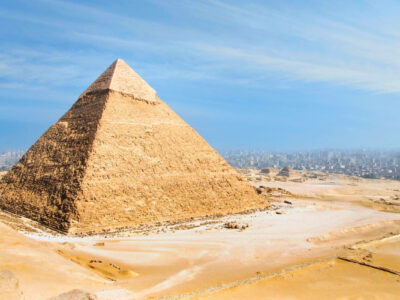
The Pyramid of Khafre, also known as the Pyramid of Chephren, is a mesmerizing ancient Egyptian architectural marvel. Built as a royal tomb during the Fourth Dynasty, it stands tall on the Giza Plateau, symbolizing the power and grandeur of Pharaoh Khafre. With its intricate design, the pyramid continues to captivate visitors, offering a glimpse into the ancient civilization's advanced engineering and profound religious beliefs. Explore this iconic structure and immerse yourself in the rich history of ancient Egypt.
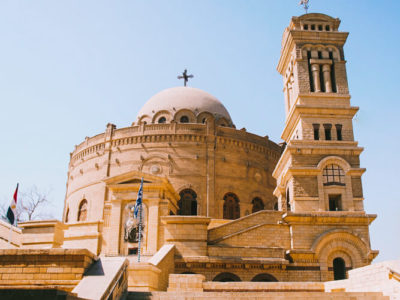
Coptic Cairo, also called Old Cairo, is a historic area in the middle of Cairo, Egypt. It is famous for its religious and cultural history, especially as the center of Egypt's Coptic Christian population. Coptic Cairo has many old churches, schools, and other places of worship that date back hundreds of years. It looks fascinatingly at Egypt's early Christian past through its intricate architecture, well-preserved frescoes, and priceless artifacts.
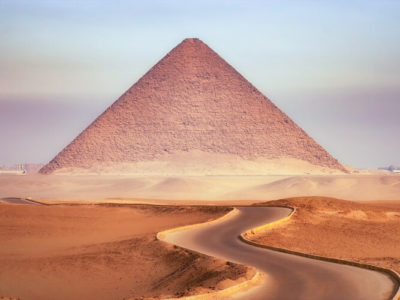
The Red Pyramid, also known as the Pyramid of Sneferu, is an awe-inspiring ancient Egyptian structure located in Dahshur, Egypt. It stands as a testament to the architectural brilliance of the civilization. With its smooth-sided design and towering presence, the Red Pyramid is a remarkable example of ancient engineering. Built during the Pyramid Age, it holds great historical and cultural significance. This monumental tomb served as a pathway to the afterlife for the pharaoh, reflecting the spiritual beliefs of ancient Egypt.
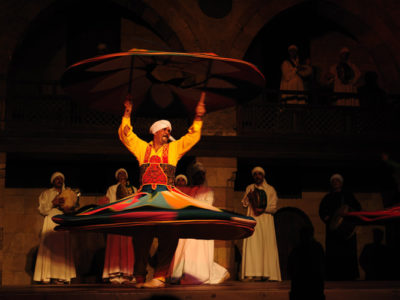
Wekalet El Ghouri is a hidden gem in the middle of Cairo, Egypt. It is a cultural haven with a rich past and beautiful art that draws people in. This fantastic piece of architecture was built in the 1600s by Sultan Qansuh al-Ghouri. It was a busy caravanserai that helped trade and cultural exchange. Today, the caravanserai is a living reminder of Egypt's rich past. It is where traditional Egyptian folk music, Tanoura dances, and emotionally uplifting Sufi Night gatherings are performed. Wekalet El Ghouri celebrates the essence of Egypt's cultural heritage through its beautiful Islamic architecture, handmade treasures, and charming cafes that serve delicious food.

